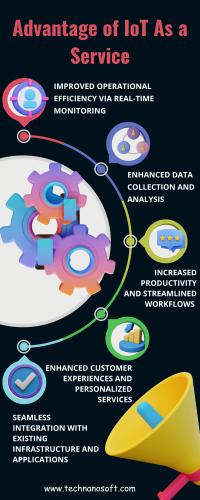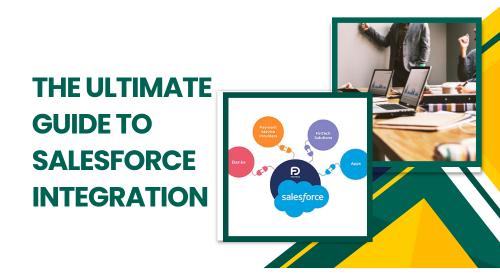IT solutions to Improve the Education Industry
What are educational technology systems?
Education industry solutions include various tools such as computers, tablets, interactive whiteboards, projectors, software programs, virtual learning environments (VLEs), learning management systems (LMS), simulation software, and many more. These technologies can support various aspects of education, such as curriculum development, lesson planning, instructional delivery, student assessment, and communication between teachers and students or among students.
How can Information technology solve the education Industry?
Information technology has the potential to revolutionize the education system that helps in providing innovative solutions to improve teaching and learning outcomes. Here are some key IT solutions that can help to achieve these goals:
- Learning Management Systems (LMS) - LMS platforms provide a centralized location for teachers to manage and deliver course materials, assignments, assessments, and student communication. They can also track student progress, provide feedback, and personalize learning experiences. LMS platforms can help to improve efficiency, reduce administrative burden, and increase engagement.
- Student Information Systems (SIS) - SIS platforms enable educational institutions to manage student information, including demographics, attendance, grades, and academic progress. They can also automate administrative tasks such as registration, scheduling, and billing. SIS platforms can help to improve efficiency, reduce errors, and provide better insight into student behavior and performance.
- Virtual Classrooms - Virtual classrooms are online platforms that enable remote teaching and learning, including real-time video and audio communication, screen sharing, and interactive whiteboards. They can provide access to education for students in remote or underserved areas, reduce costs, and increase flexibility.
- Educational Content Management Systems - Content management systems are digital platforms that enable the creation, storage, and distribution of educational content, such as lesson plans, multimedia resources, and assessments. They can help improve teaching and learning quality, reduce costs, and increase accessibility.
- Collaboration Tools - Collaboration tools are software applications that facilitate collaboration and communication among teachers, students, and parents, such as discussion forums, chat rooms, and video conferencing. They can help to improve engagement, foster a sense of community, and provide opportunities for peer learning.
- Online Assessment Tools - Online assessment tools are software platforms that enable the creation and administration of digital assessments, including quizzes, tests, and surveys. They can provide immediate feedback, reduce administrative burden, and increase accessibility.
- Personalized Learning Platforms - Personalized learning platforms use artificial intelligence (AI) to tailor learning experiences to individual student needs and preferences. They can provide personalized feedback, adapt to student progress, and increase engagement.
- Mobile Applications - The mobile application can provide students, teachers, and parents access to educational resources and information from anywhere, anytime. They can increase flexibility, provide real-time updates, and improve communication.
- Analytics and Reporting Tools - Analytics and reporting tools can provide educational institutions with insights into student behavior and performance, enabling them to make data-driven decisions, improve teaching and learning outcomes, and identify areas for improvement.
By adopting these education industry solutions can improve the quality of teaching and learning, enhance student engagement, and streamline administrative processes. They can also reduce costs, increase accessibility, and provide more personalized and effective learning experiences.









Comments